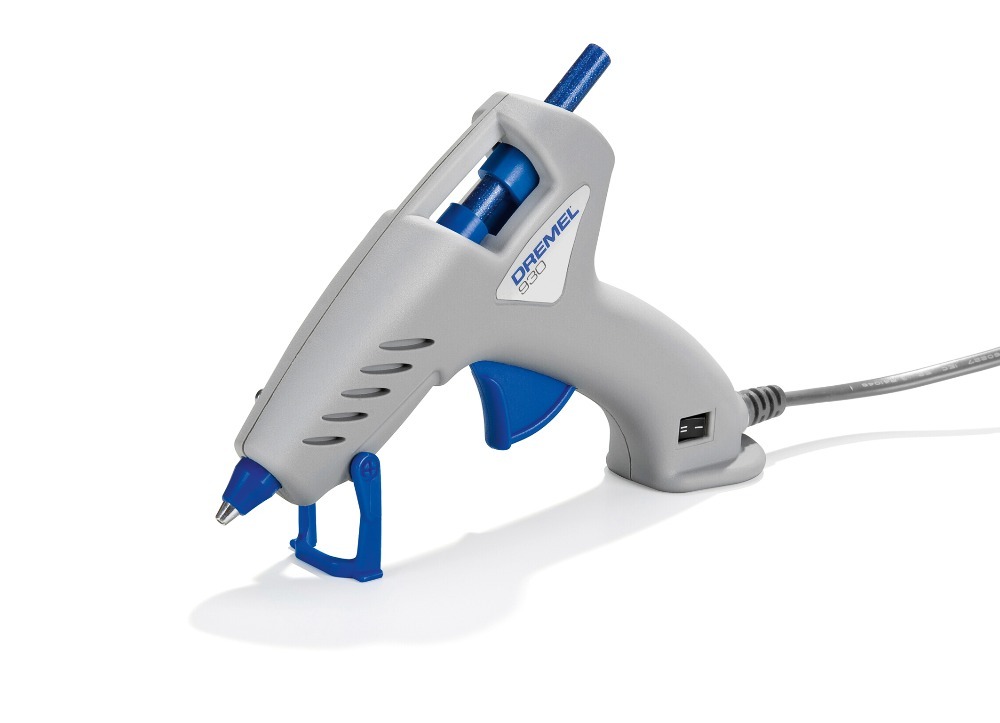The plotter is a device that performs 2 functions at once. On the one hand, even complex images can be printed on it, on the other hand, applications can be cut out with high quality, including those with numerous patterns. At home, models of both one and both types are useful. Therefore, it is important to figure out how to choose a plotter, and what parameters to pay attention to. The answer to this question can be found in the presented material.
The content of the article
- Device types
- Criteria for choosing a cutting model
- Printing Device Selection Criteria
Device types
If we consider which plotter is better to buy, it is first advisable to deal with the classification of devices. Depending on the purpose, there are 3 main types:
-
cutting plotters - with their help, you can cut a pattern of any complexity from a special film or other materials.

-
Printers models allow you to print on wide format strips.

- Cutting-printing - combined devices that are able to perform 2 functions at once.
A home plotter is usually bought for cutting complex shapes. Such devices, in turn, are further divided into 3 subtypes:
- tablet tool represented by a small table with a flat surface on which the material is attached. The cutting part is fixed on the carriage, which moves and makes the cut. Moreover, the sheet is fixed mechanically or electrically. The best cutting plotter works completely autonomously - the cut itself moves in the specified directions.
- laser - a device of a similar action, but instead of a physical knife, the cut is carried out by a laser. This is much more convenient, since this method is highly accurate. In addition, the laser easily cuts various materials, including plexiglass.
- Roll models are engaged in cutting large canvases that are rolled up. The unit is represented by a drum with roller feed. The material is pressed in the usual way (mechanically) or by creating a vacuum. Depending on the web format, the size of the plotter can vary greatly. So, for the largest A0 sheet, the width of the roll is 84 cm.
Criteria for choosing a cutting model
The answer to the question of which plotter to choose depends on its functions. If you plan to purchase a cutting model, you should pay attention to the following parameters:
- Cut sizes: for example, for A3, devices are taken with a cut width of 30 cm. If you need to work only with thermal applications, 20-22 cm is enough.
- Slicing accuracy depends on the software as well as the manufacturer. As a rule, the more expensive the model, the better the work it performs.
- The optical position sensor is another criterion for choosing a cutting plotter. This is an important element that allows you to very accurately determine the edge of the printed image. Thanks to this, you can cut out the application or icons with high quality.
- Knife pressure - preferably from 500 g. This is sufficient for cutting materials such as cardboard, magnetic vinyl. If you work with ordinary film, 200 g is enough. Suitable for scrapbooking.
Printing Device Selection Criteria
If the device is purchased for printing, in this case other characteristics are important:
- Print speed - the number of pages that the device gives out in 1 minute. May differ depending on the paper size, for example, A3 is faster, A2 is slower.
- A plotter for home use should produce reasonably good prints. The quality directly depends on the resolution (dpi). This figure should be as high as possible.
- Another criterion for which plotter to buy is the type of material. Many devices work not only with different types of paper (including universal), but also with a banner, banner grid, different fabrics, vinyl, canvases.

The choice of a plotter primarily depends on its purpose. For home use, you can take a model of the middle price segment or a budget option. But if you plan to print high-quality images or cut out high-quality applications, it is better to purchase a professional device.


